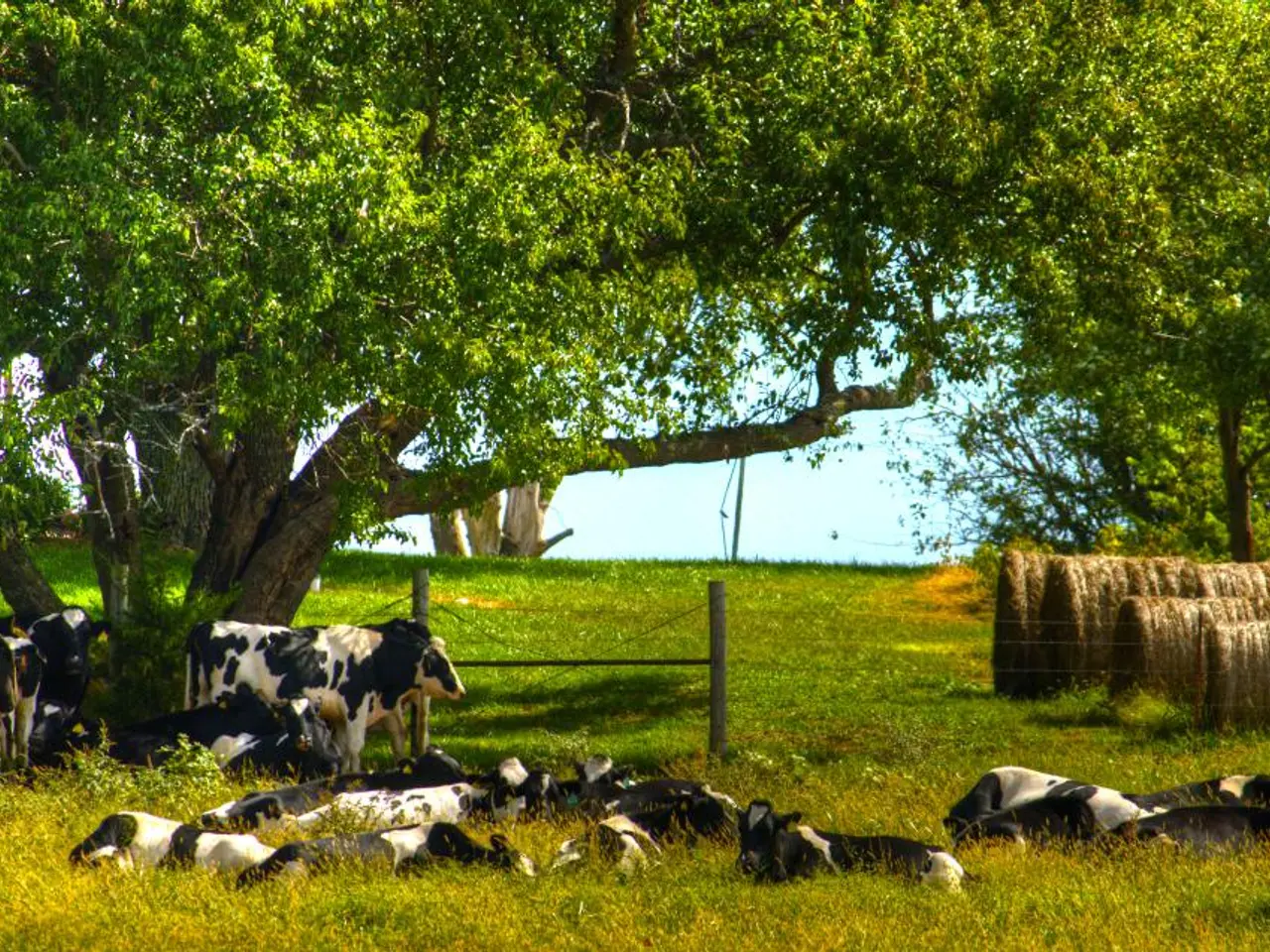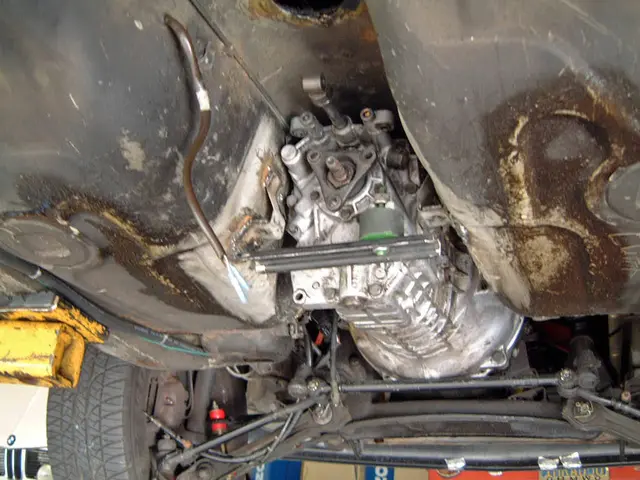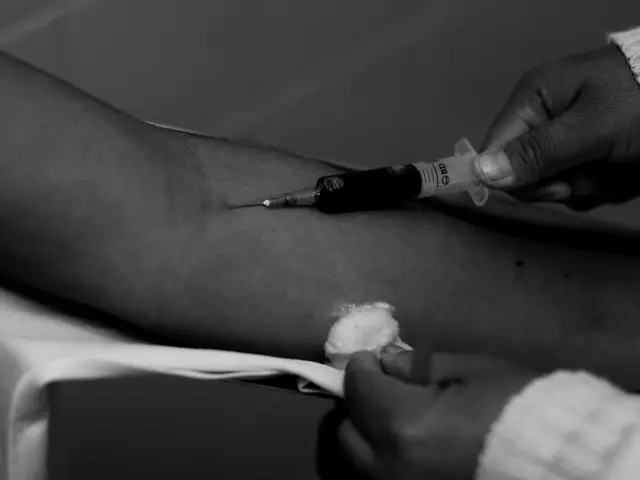Cattle are the largest source of greenhouse gas emissions - Lower Saxony's Agricultural Emissions Drop 8.2% Since 1990
Lower Saxony's agricultural emissions in 2023 were 12.3 million tonnes of CO2 equivalent, a reduction of 8.2 percent since 1990. This decrease is largely due to a drop in livestock numbers since reunification.
Nitrous oxide emissions, primarily from soil nitrogen conversion processes, totalled 4.1 million tonnes of CO2. Methane emissions stood at 7.7 million tonnes, with cattle contributing 5.1 million tonnes. Nationally, agricultural emissions fell 25.2 percent to 63 million tonnes since 1990, representing 9.3 percent of total emissions. Lower Saxony accounts for 23 percent of Germany's agricultural emissions.
The reduction in methane emissions in Lower Saxony is mainly attributed to the decrease in ruminant numbers. Methane, released by cattle and sheep during digestion, is the largest source of greenhouse gas emissions in the region's agriculture.
While Lower Saxony has seen a decrease in agricultural emissions since 1990, nitrous oxide and methane emissions remain significant. Further efforts are needed to reduce these emissions, particularly from livestock farming.








